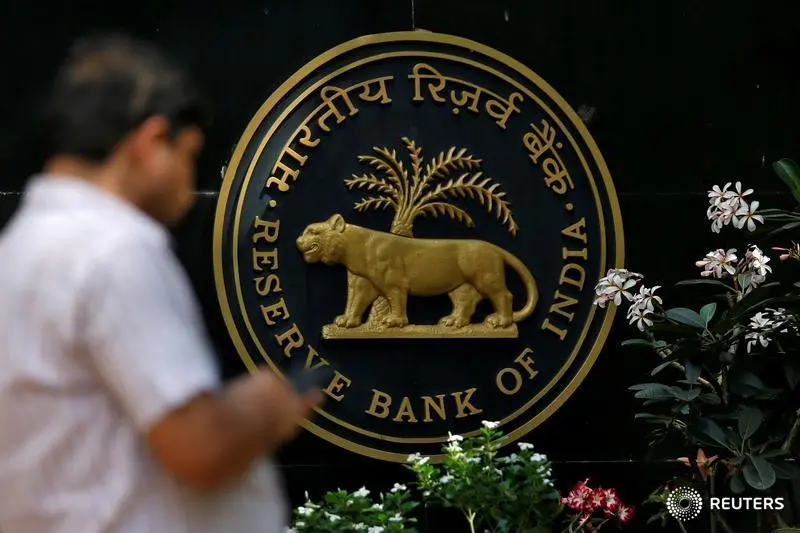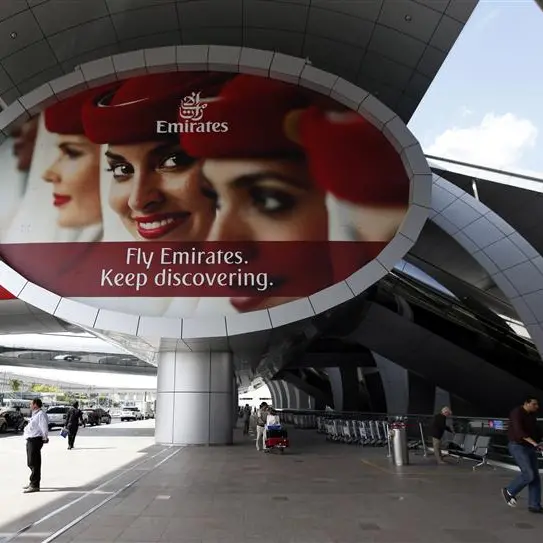PHOTO
(The author is a Reuters Breakingviews columnist. The opinions expressed are her own.)
MUMBAI - India will kick the bad debt can down the road, again. The central bank this week issued welcome guidelines for rejigging pandemic-hit business loans, hoping to avoid a repeat of restructuring abuses that fuelled the past decade’s loan crisis. But the latest plan hands discretion back to the same lenders. Ensuring a better outcome this time, will be a colossal task.
A rejig was the only option. Many businesses came to abrupt halt during the lockdown and received little official financial assistance. Borrowers were given a six-month interest holiday but that has ended and many are still unable to pay with large parts of the economy frozen. A report published by the Reserve Bank of India estimates that as much as $500 billion, roughly 72% of corporate advances, are in troubled sectors like aviation, tourism and textiles.
The plan will help the banks, since restructured loans won’t count as non-performing assets and hence ease their provision burden. That will give weaker institutions more time to raise capital and allow stronger ones like HDFC Bank, ICICI Bank and State Bank of India to lend when demand picks up. But under the guise of restructuring in the past, Indian banks extended unviable loans, and most of them eventually turned bad. When the central bank, then led by Raghuram Rajan, forced lenders to come clean five years ago, that drove a near-doubling of non-performing loans across the entire system, settling at 8.5% just before the pandemic hit.
This time the regulator is keeping a closer watch. It has set ratios relating to solvency, liquidity, and interest coverage, that borrowers must meet, among other guidelines. Resolution plans for larger loans will have extra oversight. Moreover, loans can only be extended by two years and only those that were in arrears for less than 30 days at the start of March are eligible.
Nonetheless, that still gives a lot of power to the banks that were hiding bad debt problems not so long ago. Fitch argues that oversight for retail and smaller business loans will remain a problem. And beyond corporate loans, overall stressed assets are expected to rise to as much as 20%. Before the pandemic, India was turning a corner on its credit quality issues. Lenders will decide if it ends up almost back to square one.
CONTEXT NEWS
- India’s central bank on Sept. 7 said it had broadly accepted recommendations made to it by a committee on the parameters for restructuring corporate loans compromised by the pandemic.
- Any resolution plans must ensure borrowers are able to meet sector-specific financial ratios between March 2022 and March 2023, including total outstanding liabilities to adjusted tangible net worth, total debt to EBITDA, and debt service coverage, the committee recommended.
- The committee also proposed that loans can be extended by a maximum of two years. Those that are restructured under the scheme will not have to be classified as non-performing. The report estimated that 72% of banking sector debt has been affected by Covid-19.
- The guidelines are applicable to loan accounts that were considered “performing” and had arrears of less than 30 days as of March 1. Lenders have until the end of December to finalise restructuring plans with borrowers.
(The author is a Reuters Breakingviews columnist. The opinions expressed are her own.)
(Editing by Robyn Mak and Jamie Lo) ((una.galani@thomsonreuters.com; Reuters Messaging: una.galani.thomsonreuters.com@reuters.net))












